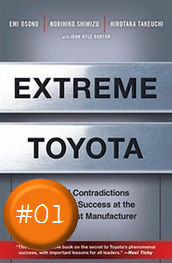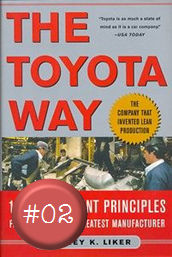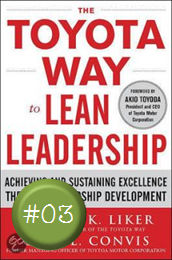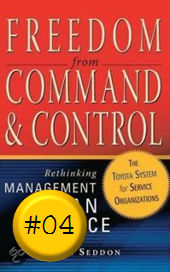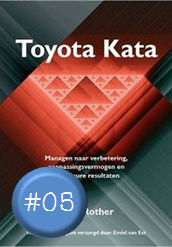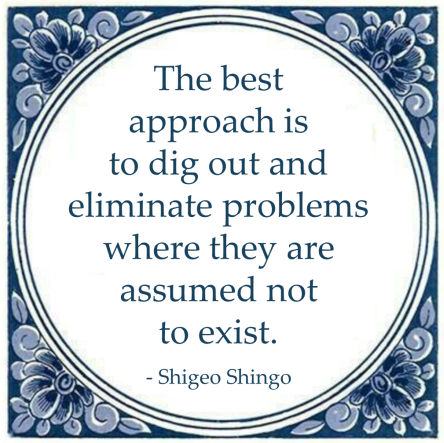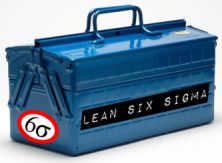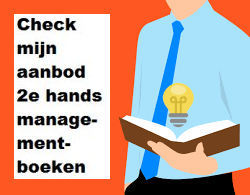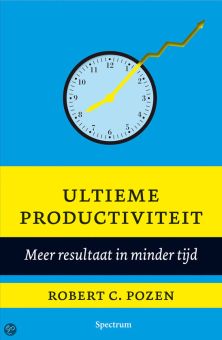Volgens 'business visualisator' Tom Wujec vindt een visuele revolutie plaats waarbij organisaties meer-en-meer ontdekken dat het gezamenlijk visualiseren van problemen, helpt bij het oplossen ervan.
![]()
Most drawings have nodes and links. So nodes represent the tangible objects like the toaster and people, and links represent the connections between the nodes. And it's the combination of links and nodes that produces a full systems model, and it makes our private mental models visible about how we think something works. So that's the value of these things.
(...)
So here's some key lessons that can emerge from this. First, drawing helps us understand the situations as systems with nodes and their relationships. Movable cards produce better systems models, because we iterate much more fluidly. And then the group notes produce the most comprehensive models because we synthesize several points of view. So that's interesting. When people work together under the right circumstances, group models are much better than individual models.
(...)
There's a visual revolution that's taking place as more organizations are addressing their wicked problems by collaboratively drawing them out. And I'm convinced that those who see their world as movable nodes and links really have an edge.
(...)
So this simple act of visualizing and doing over and over again produces some really remarkable outcomes. What's really important to know is that it's the conversations that are the important aspects, not just the models themselves.
(...)
[It's important to] learn more about the visual language and the structure of links and nodes that you can apply to general problem-solving .....for unpacking the thorny problems that we all face in our organizations. So the seemingly trivial design exercise of drawing toast helps us get clear, engaged and aligned.
So next time you're confronted with an interesting challenge, remember what design has to teach us. Make your ideas visible, tangible, and consequential.
In de loop van het jaar komt Wujec's nieuwe boek Wicked Problem-Solving uit. Wuject heeft ook de website www.drawtoast.com gelanceerd, waarop ook de DrawToast Systems Thinking Guide (pfd) te vinden is. Hieronder nog een citaat ter illustratie van Wujec's 'simple but insanely powerful approaches to fostering clarity, engagement and alignment':
![]()
Visual thinking can reveal a deeper structure within our mental models: how we think things work and how we feel things should work. Draw Toast provides a simple vocabulary of the basic building blocks of systems.
Nodes represent parts of the whole, mental objects or containers that describe who, what where and when. Links represent connections between nodes and can illustrate relationships, flows of information or material. Together, nodes and links create systems models. Models are visual representations of systems. They can be simple, such as toast-making or complex such as government legislation and nutrient flow. The act of making ideas visible helps people become clear about what they mean, engaged as the drawings become relevant to them, and aligned to create a shared picture of what is and what could be.







